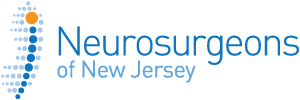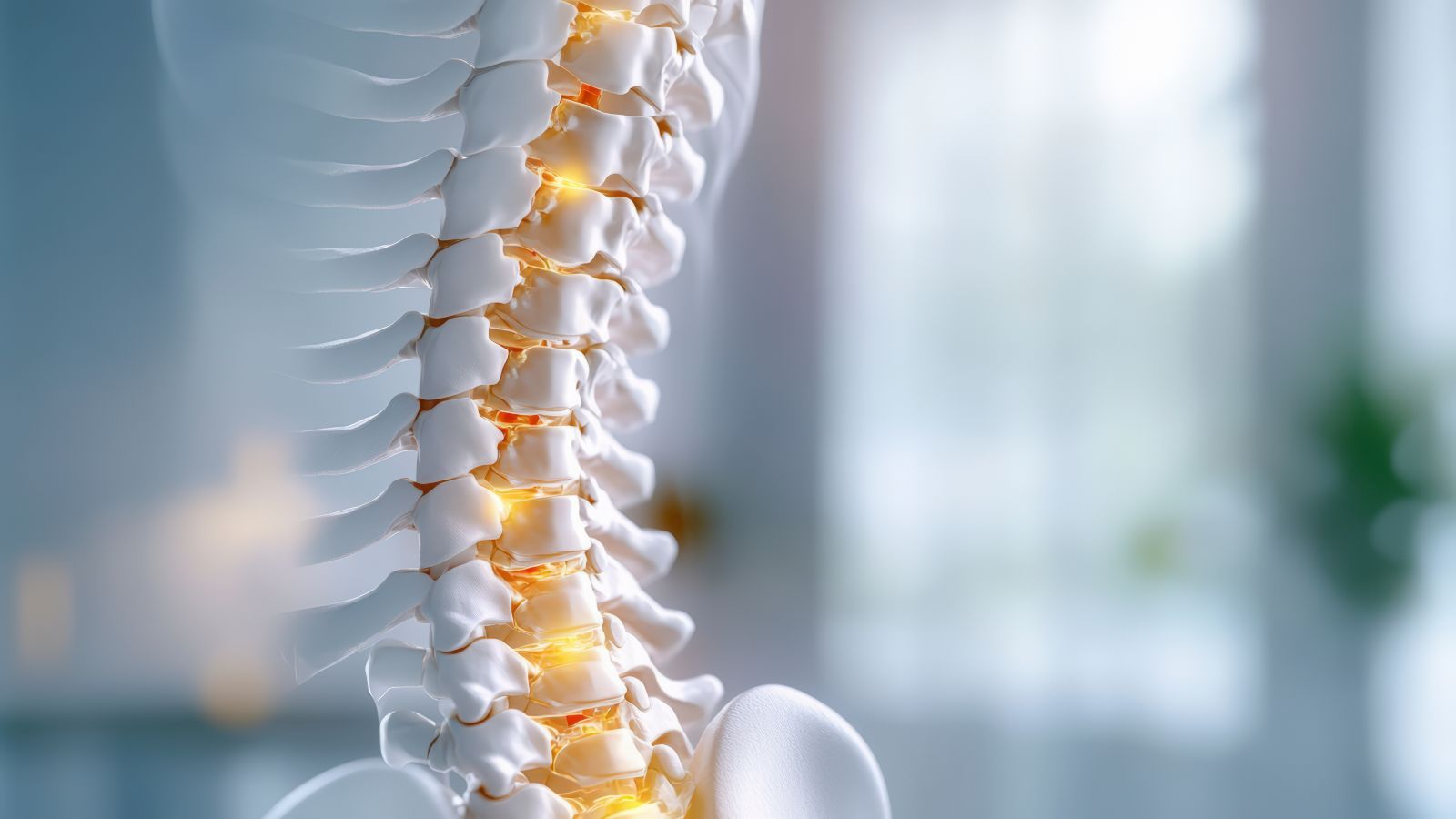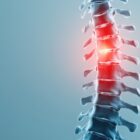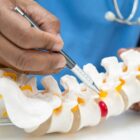Cervical stenosis affects millions of people, causing neck pain, arm weakness, and other symptoms that can significantly impact your daily life. While some people develop this condition despite living healthy lifestyles, understanding the cervical stenosis risk factors can help you take steps to protect your spine health.
What Is Cervical Stenosis?
Cervical stenosis occurs when the spinal canal in your neck becomes narrow, putting pressure on your spinal cord and nerve roots. This narrowing can happen gradually over time or develop more quickly due to injury or other factors.
The condition can cause symptoms like:
- Neck pain and stiffness
- Numbness or tingling in your arms and hands
- Weakness in your arms or legs
- Balance problems
- Difficulty with fine motor skills
Genetic and Hereditary Risk Factors
Family History
Your genes play a significant role in determining your cervical stenosis risk factors. If your parents or siblings have experienced spinal problems, you may be more likely to develop similar issues.
Congenital Spinal Canal Size
Some people are born with naturally smaller spinal canals. While this doesn’t guarantee you’ll develop stenosis, it means you have less room for error as normal aging changes occur.
Inherited Connective Tissue Disorders
Certain genetic conditions can affect how your spine develops and ages:
- Ehlers-Danlos syndrome
- Marfan syndrome
- Osteogenesis imperfecta
These conditions are rare but can significantly increase your risk of spinal problems.
It's time to get back
to doing what you love.
Lifestyle-Related Risk Factors
Occupational Hazards
Your job can influence your cervical stenosis risk factors in several ways:
- Repetitive Neck Movements: Jobs requiring frequent looking up or down, such as painting ceilings or working at poorly positioned computer screens.
- Heavy Lifting: Occupations involving regular heavy lifting, especially when combined with twisting motions.
- Vibration Exposure: Operating heavy machinery or driving commercial vehicles for extended periods.
- Poor Ergonomics: Working in positions that strain your neck for hours each day.
Physical Activity Patterns
- High-Impact Sports: Activities like football, gymnastics, and diving can increase your risk of cervical spine injuries that may lead to stenosis later in life.
- Contact Sports: Boxing, wrestling, and martial arts carry higher risks of neck injuries.
- Lack of Exercise: A sedentary lifestyle can lead to weak neck muscles and poor spine health.
Medical Conditions That Increase Risk
Arthritis Types
Several forms of arthritis can contribute to cervical stenosis:
- Osteoarthritis: The most common type, causing cartilage breakdown and bone spur formation.
- Rheumatoid Arthritis: This autoimmune condition can cause inflammation in the joints of your spine.
- Ankylosing Spondylitis: A type of arthritis that primarily affects the spine, causing inflammation and potential fusion of vertebrae.
Bone Disorders
- Osteoporosis: While primarily known for causing fractures, osteoporosis can also affect spine alignment and stability.
- Paget’s Disease: This condition causes abnormal bone growth and can affect the spine.
Metabolic Conditions
- Diabetes: Poor blood sugar control can affect tissue health and healing throughout your body, including your spine.
- Thyroid Disorders: Both overactive and underactive thyroid conditions can affect bone and tissue health.
Previous Injuries and Trauma
Acute Injuries
Past neck injuries can significantly increase your cervical stenosis risk factors:
- Whiplash: Car accidents, sports injuries, or falls can damage the structures in your neck.
- Fractures: Previous vertebral fractures may heal in ways that narrow the spinal canal.
- Herniated Discs: While disc herniations can heal, they may leave scar tissue or changes that contribute to stenosis later.
Repetitive Microtrauma
Small, repeated injuries to your neck over time can add up:
- Poor posture maintained for years
- Repeated minor sports injuries
- Workplace repetitive stress
Your Risk Profile
Non-Modifiable Risk Factors
Some cervical stenosis risk factors cannot be changed:
- Age
- Genetics
- Previous injuries
- Congenital spine structure
Modifiable Risk Factors
You can take action to address these factors:
- Workplace ergonomics
- Exercise habits
- Weight management
- Posture awareness
- Smoking cessation
Prevention Strategies
Ergonomic Improvements
- Computer Workstation Setup: Position your monitor at eye level and use a supportive chair that maintains the natural curve of your neck.
- Phone Usage: Avoid cradling phones between your ear and shoulder. Use hands-free options when possible.
- Sleep Position: Use a pillow that supports the natural curve of your neck.
Exercise and Strengthening
- Neck Strengthening: Gentle exercises can help support your cervical spine.
- Core Strengthening: A strong core reduces strain on your neck and back.
- Flexibility Training: Regular stretching can help maintain range of motion.
- Low-Impact Cardio: Activities like walking or swimming promote overall spine health.
Lifestyle Modifications
- Weight Management: Maintaining a healthy weight reduces stress on your entire spine.
- Smoking Cessation: Smoking reduces blood flow to spinal tissues and impairs healing.
- Stress Management: Chronic stress can cause muscle tension that affects your neck.
When to Seek Medical Evaluation
Understanding cervical stenosis risk factors is important, but recognizing when to get help is crucial. Contact a spine specialist if you experience:
- Persistent neck pain lasting more than a few weeks
- Numbness or tingling in your arms or hands
- Weakness in your arms or hands
- Balance problems or difficulty walking
- Loss of fine motor control
Early evaluation and treatment can often prevent symptoms from worsening and help you maintain your quality of life.
Working with Your Healthcare Team
If you have multiple cervical stenosis risk factors, work with your healthcare providers to develop a personalized prevention plan. This might include:
- Regular monitoring with imaging studies
- Physical therapy to strengthen supporting muscles
- Ergonomic assessments of your workplace
- Lifestyle modifications tailored to your specific risks
Remember that having risk factors doesn’t mean you’ll definitely develop cervical stenosis. Many people with multiple risk factors never experience significant symptoms, while others with fewer risk factors may develop problems. The key is staying informed and taking proactive steps to protect your spine health.
Ready to discuss your spine health? Call us today at 551-284-3265 to schedule a consultation with our specialized spine team.
Frequently Asked Questions
What is the biggest risk factor for developing cervical stenosis?
Age is the most significant risk factor. Natural aging causes disc degeneration, bone spur formation, and ligament thickening that can narrow the spinal canal. Most people over 60 show some spine changes, though not everyone develops symptoms.
Can poor posture really cause cervical stenosis?
While poor posture alone doesn’t directly cause stenosis, it can contribute to the problem over time. Years of forward head posture and slouching can accelerate disc degeneration and muscle imbalances that increase your risk.
Are certain jobs more likely to cause cervical stenosis?
Yes, jobs involving repetitive neck movements, heavy lifting, vibration exposure, or poor ergonomics increase risk. This includes construction work, driving, office work with poor computer setup, and jobs requiring frequent overhead work.
If my parents had spine problems, will I definitely get cervical stenosis?
Family history increases your risk, but it doesn’t guarantee you’ll develop the condition. Genetics influence factors like spinal canal size and how your tissues age, but lifestyle choices and prevention strategies can significantly impact your outcome.
Can exercise prevent cervical stenosis if I have other risk factors?
Regular exercise can help reduce your risk by strengthening neck muscles, improving posture, and maintaining spine flexibility. While it can’t completely prevent stenosis in someone with strong genetic risk factors, it can delay onset and reduce symptom severity.
Dr. Anthony Conte, MD
Dr. David Estin, MD, FACS
Dr. Christopher Gillis, MD, FRCSC, FAANS
Dr. Jonathan H. Lustgarten, MD
Dr. Ty J. Olson, MD, FACS

About Eatontown
Our team of board certified physicians, located in Eatontown, New Jersey, are dedicated to bringing you the latest developments and treatment options for spinal surgery. We strive to produce the most clarified & clear content to help you make informed decisions on your medical journey. The road to feeling like your true self should not feel lonely- Let us help you. Please call us to schedule a consultation and speak to one of our team members.






